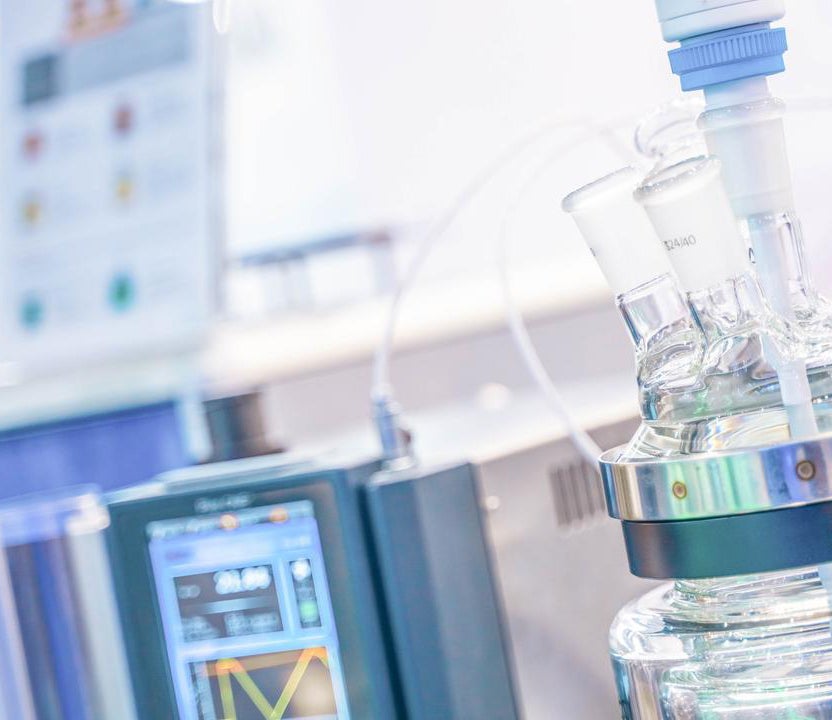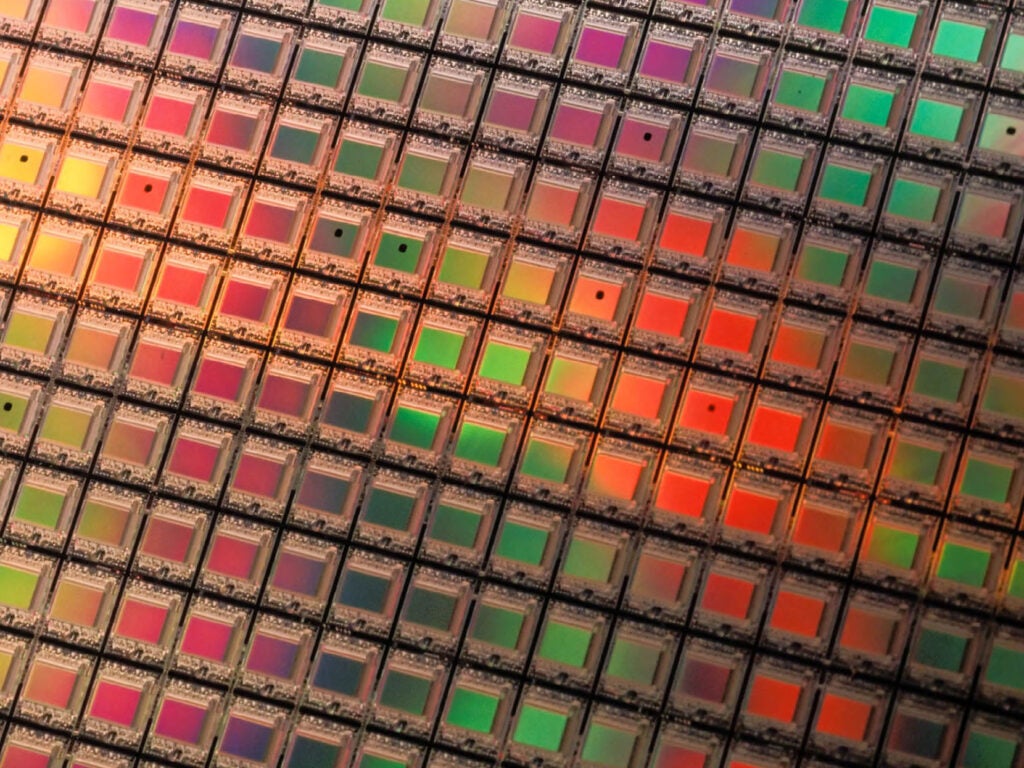Access to comprehensive global coverage of patented biological sequences
GENESEQ
GENESEQ™ is a proprietary database used to easily search and identify biological sequences (DNA, RNA and protein sequences) covered in patents from 56 issuing authorities. Manually annotated to highlight IP context and biological significance, GENESEQ™ allows IP professionals and biologic scientists to spend less time searching and understanding sequence data and easily assess patentability, identify potential infringing patents and track competitor activities.
Find context faster with annotated analysis.
GENESEQ’s expert editorial team provides written summaries that clarify and explain sequence novelty and the actual utility of a given sequence, including:
- Enhanced patent titles
- Record detail includes organism name, gene/protein name, sequence modification or other highlighted biologically significant regions of the sequence, and associated disease information
- Sequence location within the patent document
- Standardized, full bibliographic data
- Links to identical records from NCBI and SWISSPROT, Gene Ontology (GO) when provided in the patent
- 40 biology and life sciences experts supporting the editorial process
Simplify the complexity of biological sequences.
GENESEQ ensures you are seeing the entire patent landscape surrounding the biological sequence under investigation. Manually curated and professionally annotated, it covers all biological sequences patented since 1981 from worldwide patent-issuing authorities – including WO, US, EP, JP, DE, IN, KR, and CN.
Never miss a patent with complete timely coverage.
Uniquely, we go beyond what is available in electronic sequence submissions to bring you all sequences – even “hard-to-find” sequences in figures and tables so that you have the complete picture.
- Nucleic acid sequences 10 or more bases in length
- Amino acid sequences 4 or more residues in length
- All PCR primers and probes of any length


USGENE®
A trusted resource for life-science intellectual property professionals, providing unrivalled searchable access to all available peptide and nucleotide sequences from the published applications and issued patents of the United States Patent and Trademark Office (USPTO).
With over 191 million biological sequences from more than 232,000 unique U.S. patents and published patent applications, it contains a wealth of essential sequence information not available anywhere else. With coverage beginning in 1981, the database is continually growing with hundreds of documents containing biological sequences added twice per week and within 24 hours of patent publication.
WOGENE
Providing comprehensive coverage from international published patent applications containing nucleic acid and protein sequences from the World Intellectual Property Organization (WIPO), the European Patent Office (EPO), the Japanese Patent Office (JPO), and the Korean Intellectual Property office (KIPO). Sequence data are available in WOGENE within 24 hours of publication by WIPO.
With over 56 million biological sequences from more than 182,000 unique international published patent applications, it contains a wealth of essential sequence information not available anywhere else.
With coverage beginning in 1979, the database is continually growing with hundreds of documents containing biological sequences added twice per week and within 24 hours of World Intellectual Property Organization (WIPO) publication.
Coverage in USGENE and WOGENE includes:
- Nucleic acid sequences 10 or more bases in length
- Amino acid sequences 4 or more residues in length
- All PCR primers and probes of any length
- Sequence information, including organism name, molecule type, and modifications
Database annotation includes:
- Patent title
- Sequence identity number (SEQ ID NO) within the sequence listing
- Original source organism
- Standardized bibliographic data


GenBank
NIH’s genetic sequence database is an annotated collection of all publicly available DNA sequences. GenBank is part of the International Nucleotide Sequence Database Collaboration, which comprises the DNA DataBank of Japan (DDBJ), the European Nucleotide Archive (ENA), and GenBank at NCBI.
With over 228 billion nucleotide bases from more than 199 million (on Feb 2017) individual sequences, GenBank provides access within the scientific community to the most up-to-date and wide-ranging DNA sequence information.
Each GenBank entry includes:
- A concise description of the sequence
- The scientific name and taxonomy of the source organism
- Bibliographic references
- Table of features listing areas of biological significance, such as coding regions and their protein translations, transcription units, repeat regions and sites of mutations or modifications




